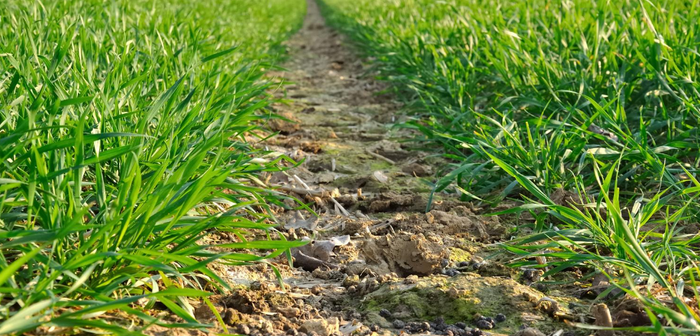Maximising herbicide efficiency will be key for growers wanting to effectively control weeds whilst reducing their inputs this spring.
Mat Hutchings, commercial technical manager at FMC, says that as the price of input costs continues to rise, many farmers will be aiming to reduce their inputs to save on costs and minimise their environmental impact this season.
“Herbicides are fundamental for the control of spring germinating weeds in winter cereal crops, and it will be difficult to achieve optimum margins if herbicide inputs are reduced. It’s a real balancing act,” says Mr Hutchings.
Therefore, he recommends that growers should aim to maximise the performance of their applications, where appropriate, through tank mixing, cultivation and by tailoring herbicide applications around seasonal conditions.
Tank mixing
“Tank mixing allows growers to apply their chosen products to a crop in one pass, reducing compaction and helping to reduce labour and fuel costs,” says Mr Hutchings.
Sulfonylurea (SU) herbicides are a group of products which are effective at controlling weeds.
“Ally® Max SX® is an example of a co-formulated SU herbicide, which contains metsulfuron and tribenuron. It has wide weed spectrum when applied alone but can also be used with an appropriate partner product if the weed spectrum dictates. It is a good choice for growers looking to maximise their herbicide performance” he says.
On top of choosing a suitable herbicide, Mr Hutchings urges growers to consider how cultivation could help reduce weed pressures. For example, choosing to direct drill could help discourage weed germination. Contrastingly, using more traditional cultivation techniques could encourage weed germination and allow stale seedbed weed control ahead of drilling.
“When growers are considering these options, they should always speak to their agronomist and decide which methods suit their land before making any significant decisions,” he advises.
Mr Hutchings also advises that growers remain aware of weather conditions which can significantly affect weed growth and consequently, herbicide performance. Ideally any herbicide applications made should be targeted at smaller actively growing weeds to give the most effective control. Where this is not possible growers should consider increasing herbicide rates or water volumes to improve coverage, especially on weeds like groundsel which can become large very quickly and can develop waxy leaves in windy, dry conditions.
“Weed control can be challenging but it’s always better to reduce the risk of a problem before it becomes a major challenge later down the line,” he says.
“Although some growers may be tempted to make cutbacks with products, I’d recommend always working with your agronomist to investigate how you can optimise applications rather than compromise them,” concludes Mr Hutchings.




